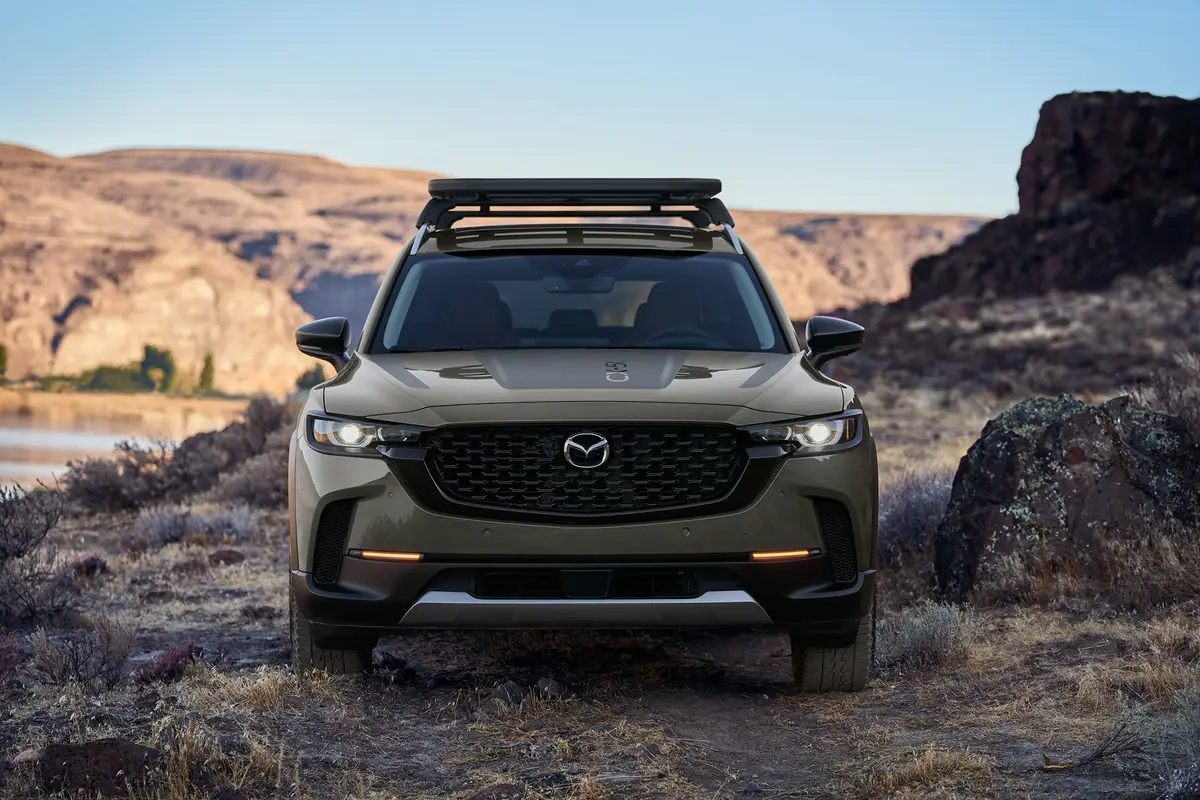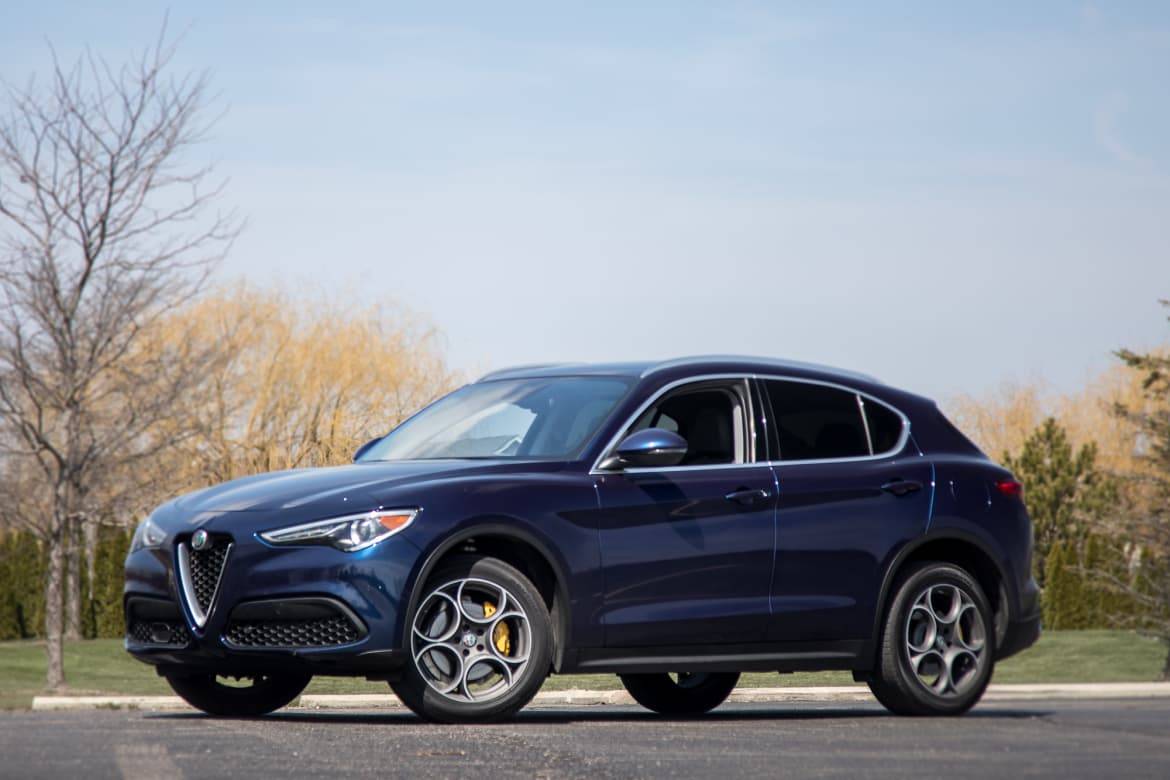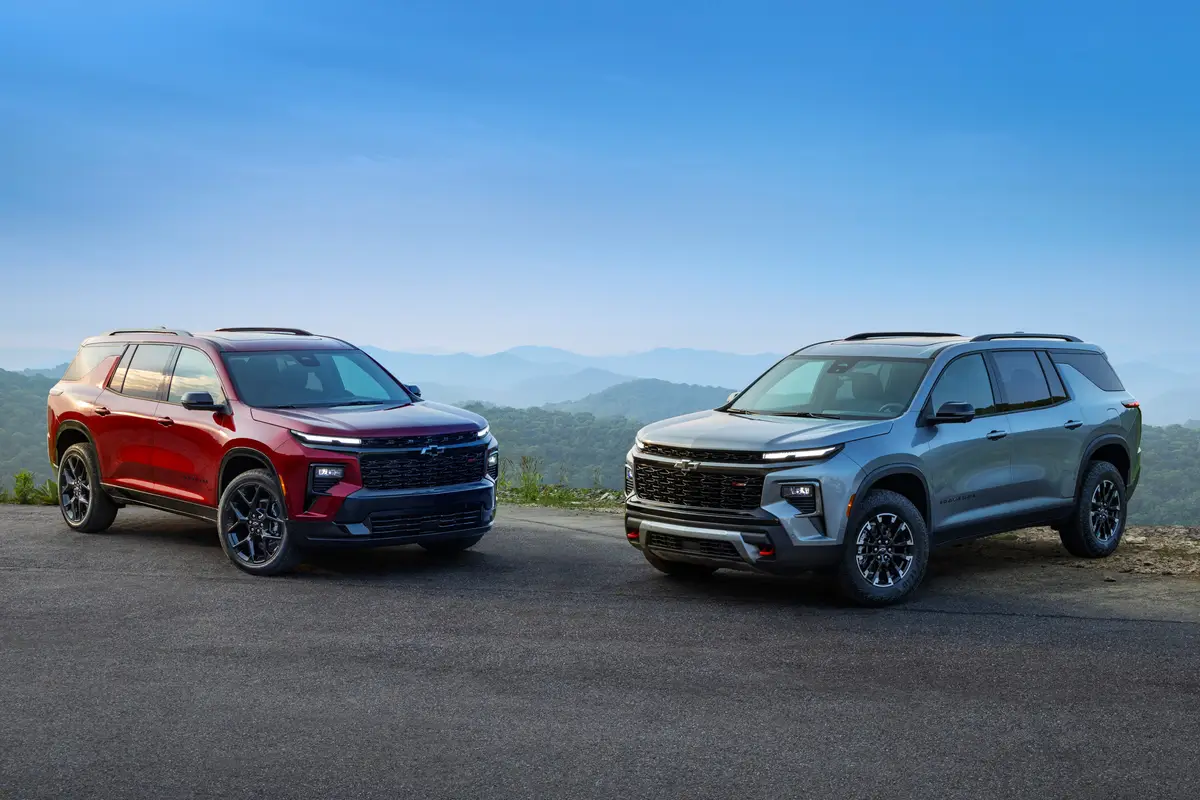Cincinnati.com's view
Aaaaack! What have they done to the Forester?
Used to be funky, kind of homely in an interesting way. For the 2003 season, they’ve gone and made it kind of cute, if not downright handsome.
The exterior design looks as if they decided to no longer present it as a wannabe SUV, but as an all-wheel-drive wagon or “crossover” machine. The front end is more aggressive, while the side and rear are more elegantly sculpted. It works, especially in the monochromatic treatment the ritziest model gets.
The new Forester comes in just two series, X and the fancier XS. For the most part, XS adds a raft of comfort and convenience items, along with some useful mechanical add-ons.
The X starts at a suggested price of $21,070, and yes, they are being discounted. That is for an all-wheel-drive machine with the 2.5-liter, four-cylinder opposed engine, 5-speed manual transmission, 100-watt AM/FM/WB stereo with 1-CD deck, air conditioning, cruise control and safety enhancements like antilock brakes, dual-stage front passenger air bag and side air bags for driver and co-pilot. A 4-speed automatic transmission will add 800 bucks.
The XS has all of the above, plus a higher level of interior trim, fog lights, power windows and doors, remote keyless entry, alloy wheels, a 120-watt AM/FM/WB stereo with cassette and 6-disc in-dash CD player, tilt wheel, electronic brake distribution system and an all-weather package consisting of viscous limited-slip rear differential, heated front seats, heated outside mirrors and windshield wiper de-icer.
That, with the manual trannie, will set you back $23,420 if you settle for manufacturer’s suggestion. Now we’re over $24K with automatic. You want even bigger monthly outlays? OK, throw in the premium package ($1,750), which gets you leather-trimmed seats, monotone body treatment and one of the world’s largest power moonroofs. Such was the vehicle they sent for evaluation.
The sacrificial car had the automatic transmission. This would not be the best choice, but if you are coordination-challenged or just plain lazy, it does a good job.
It shifts smoothly (most of the time) and quickly with hardly noticeable action. The overall gearing is rather high; on a modest grade, looking for some compression braking, I had to go down to second. Third is a 1:1 ratio and fourth a long-striding 0.694:1 overdrive.
The manual transmission, having one more cog to work with, is set up much more aggressively, with a stouter final drive ratio and even less overdrive (0.780:1 in fifth).
I think that would be much more fun to drive, if you care about such things, mainly because the engine was carried over unchanged from the first-generation machine.
It’s still the 2.5-liter “boxer,” a flat piece with two cylinders on either side of the crankshaft, instead of aligned four-in-a-row. It’s a fine powerplant, well-tested and economical, but it’s just not enough to produce more than a sedated feeli ng when moving from a standstill. (Any bets on whether Subaru will cram in a 3-liter next year?)
The saving grace of the automatic is that it can be shifted manually, and without much bother. Pulling the lever back from its overdrive position puts you in third, whence you can move through the gate to the right and access second and first. It was smooth and compliant.
The one-and-only engine generates 165 hp (at 5,600 rpm) and 166 foot-pounds of torque. Torque maxes at 4,000 rpm, but is present in useful quantities from a little above idle.
The boxer engine is willing enough to rev, but develops a raspy, irritated sound in the upper reaches.
The Forester is loosely based on the Impreza sedan. It therefore rides like a car, rather than a truck. It handled modest road shocks tolerably well, and was impressively well-grounded as I felt my way through a torrential downpour.
Of course the majority of the credit goes to the all-wheel-drive mechanism, a Subaru hallmark. In cars with the manual transmission, you get what they call continuous all-wheel drive. A viscous coupling in the center differential reacts to speed differentials between front and rear wheels and reallocates power as needed. Under stable conditions, the split is 50-50, and there are no controls for the driver. This is the type of all-wheel-drive system common on mini-utes, like the Honda CR-V.
With automatic shift comes a more sophisticated “active” all-wheel-drive setup. This one is computer-driven, relying on inputs from speed sensors on the front and rear output shafts as well as the throttle and transmission. It will, for instance, recognize a rearward weight shift during acceleration and transfer power accordingly. And of course it’s on duty for slippery road work, too.
In the sample I tested, its actuation was quite noticeable when I went off-throttle and the device shifted the majority of power to the front wheels. It was in a way annoying, feeling like a universal joint had worn out. But as noted earlier, it performed like a champ in rain.
The viscous rear differential which comes with the weather package is also an arbitrator, deciding whether left or right wheel should have more torque, depending on which is going faster. It’s an important edge in snowy climates, and includes a much stouter final drive ratio for better slogging through heavy stuff, at the price of extra fuel consumption.
On that topic . . . the EPA estimates for the Forester are 21 mpg city, 26 highway. I averaged 21.4 in some serious country cruising with a monsoon thrown in. Regular gas is fine.
The Forester doesn’t pretend to be a rock crusher, so there’s no low range.
The Forester’s seats are comfortable, and I didn’t feel unduly constrained behind the wheel even though it’s mini and I’m not. The car is little changed dimensionally from the preceding generation, so the rear seating is snug. There’s 30 cubic feet to work with behind the seats, and they fold down.
The air conditioner could not cool the cabin in 90-degree weather, but it did make it bearable through dehumidification.
The stereo on the XS was very pleasant, hampered perhaps by the in-glass antenna, supposedly an improvement. Sensitivity was good and overall tonality was a notch above the norm for this class.
The brakes still felt sort of mushy, even though the XS gets discs in the rear. Stopping distances and panic-stop performance were reasonable, however.
The government folks have not yet tested the new Forester. The old one got very good marks for both frontal and side impacts, for what that’s worth.
The 2003 Forester nearly aced the tougher tests performed by the Insurance Institute for Highway Safety, garnering top marks – “good” – for passenger protection in all categories except right leg and foot, and that was “acceptable.” It was adjudged a best pick among mini-utes its size, a class that includes the Honda CR-V (also a best pick), Land Rover Freelander, and Saturn Vue.
The Forester also won IIHS’s praise for its relatively sturdy bumpers. In a series of four crashes into a barrier at 5 mph, it suffered average damage of $355, far lower than the competition. The worst, CR-V, needed an average $1,652 in repairs for every encounter with a pole. If what I’ve said piqued your interest, then here’s the clincher: Edmunds.com pricing surveys show the Forester is going for $600-$900 below sticker. The tester would cost $25,970. Payments at that price would be $526, if you laid down 20 percent, got a 10 percent deal and wrote 48 checks.
Latest news



